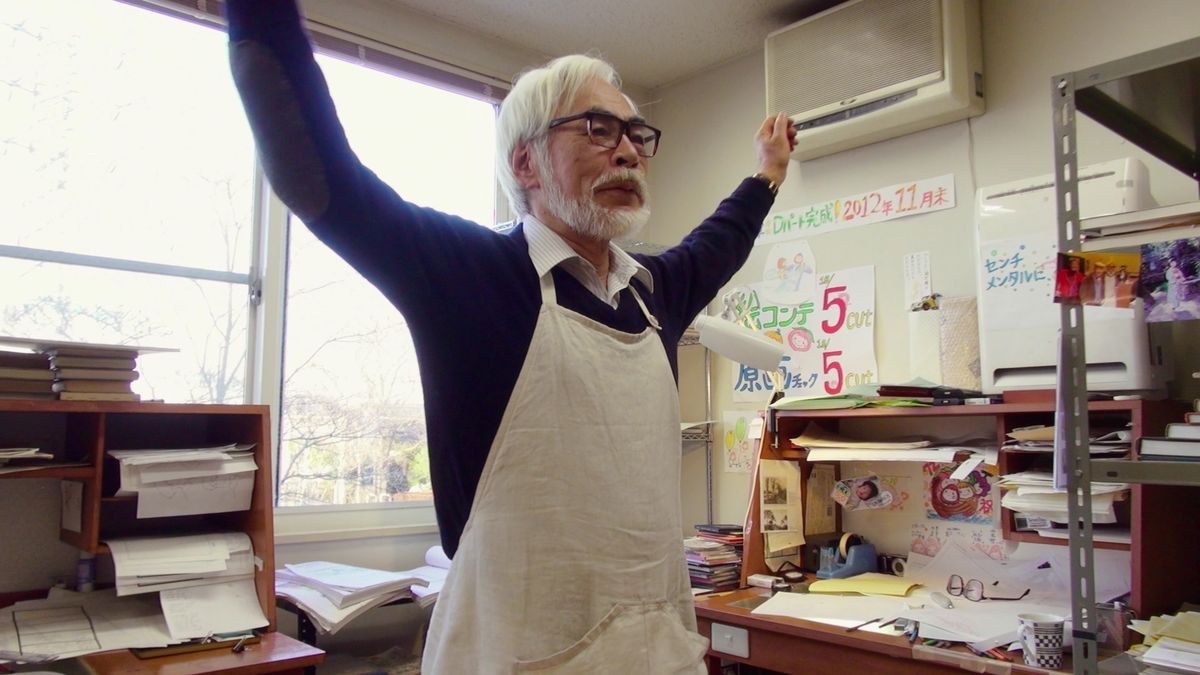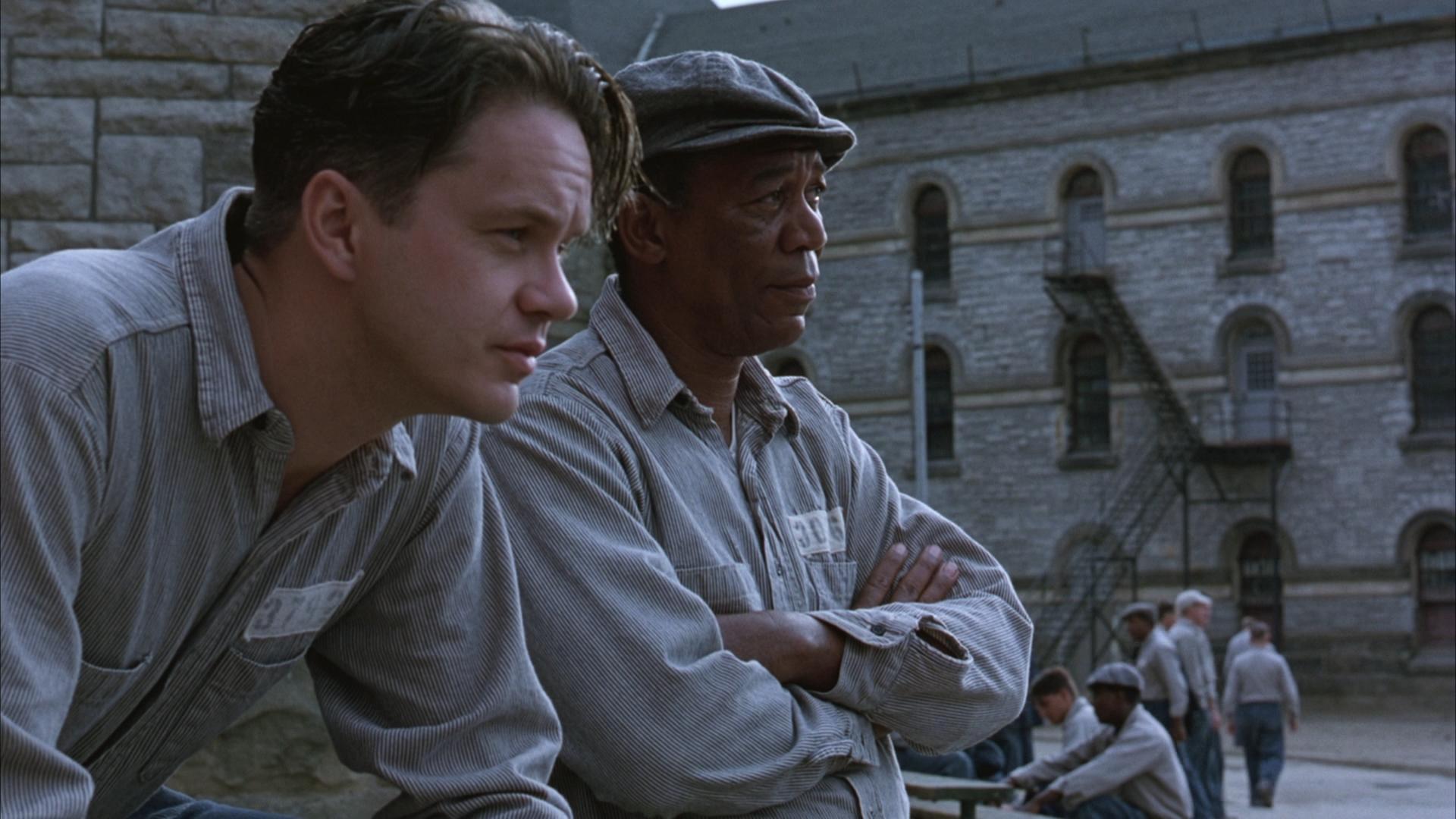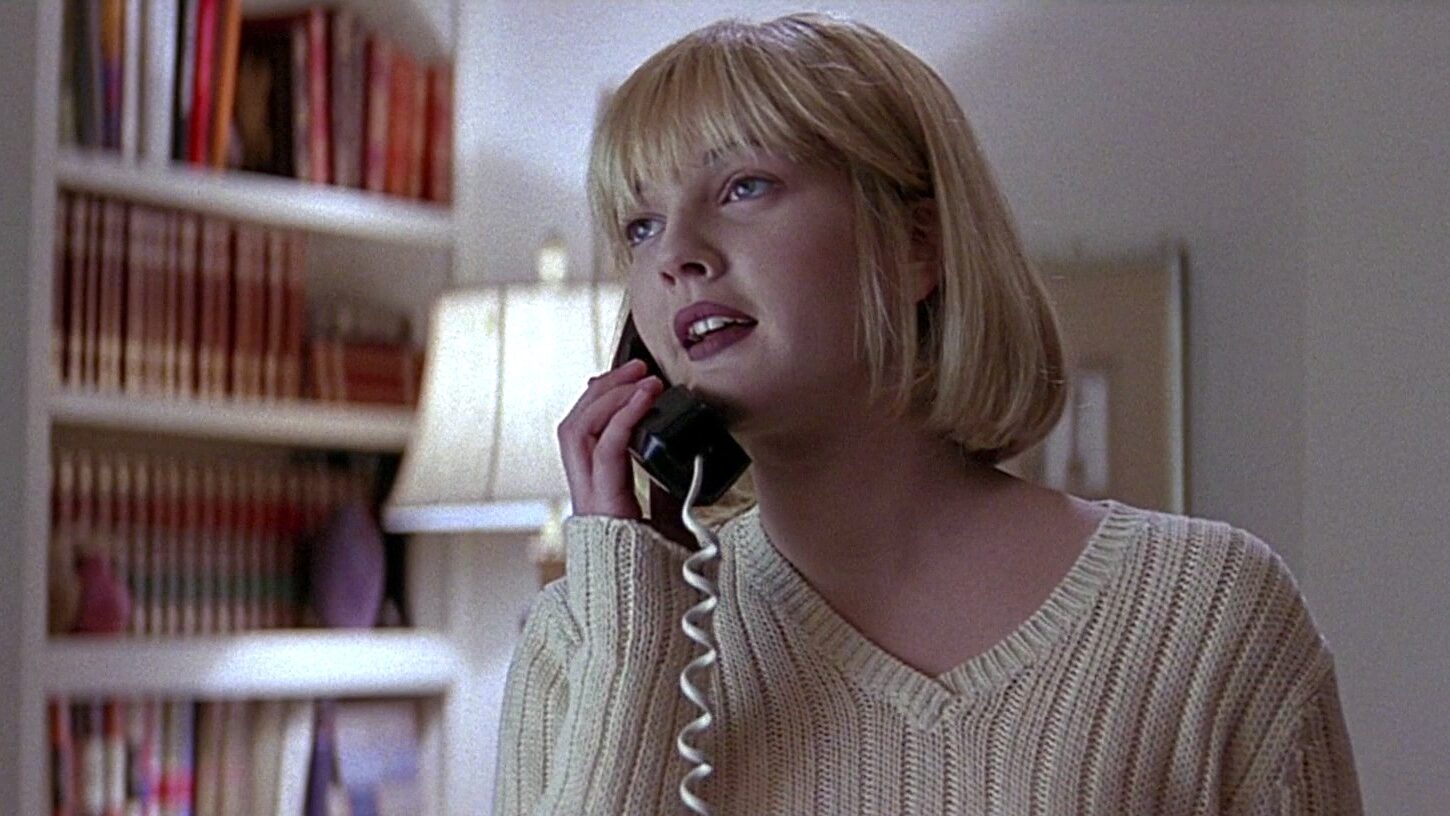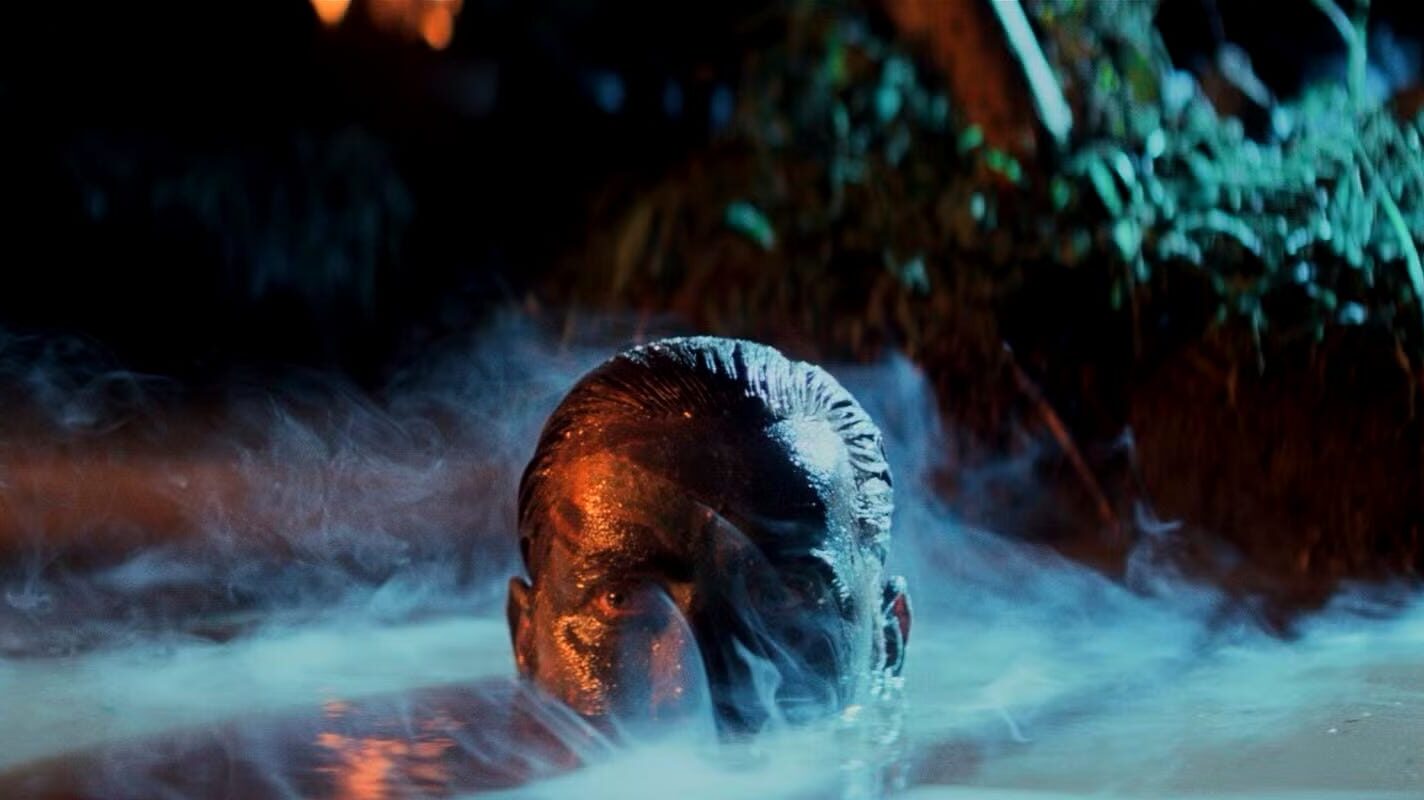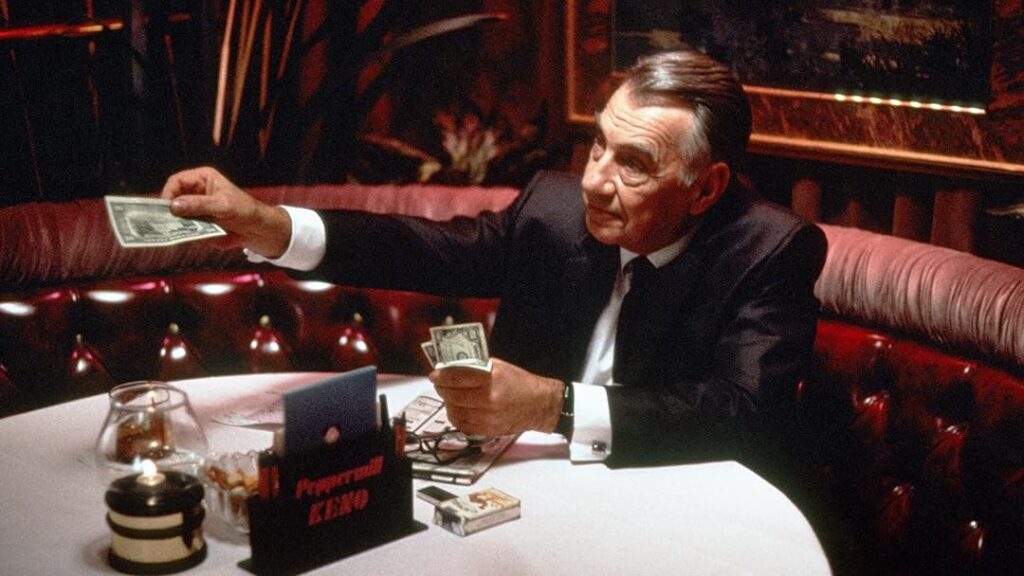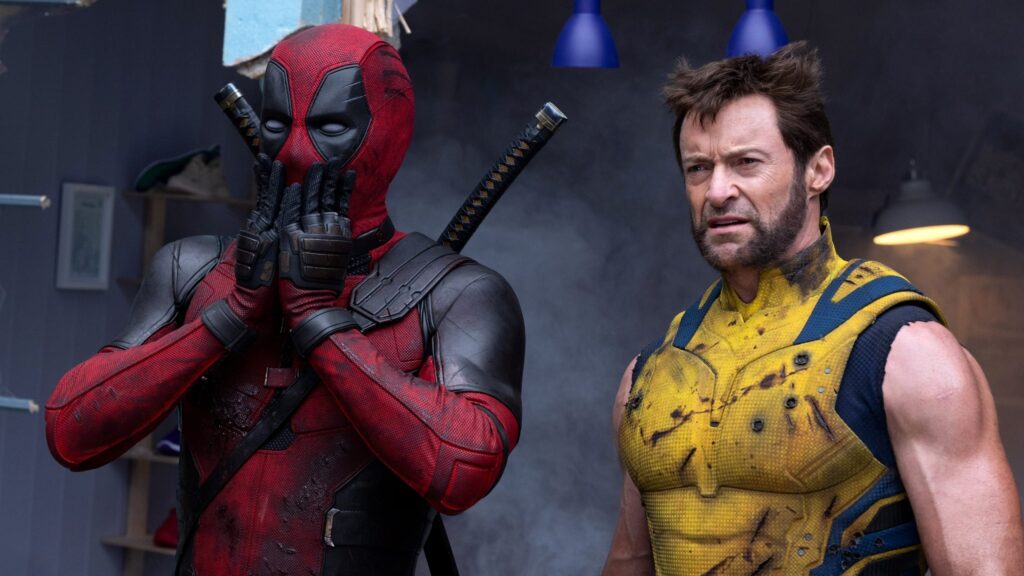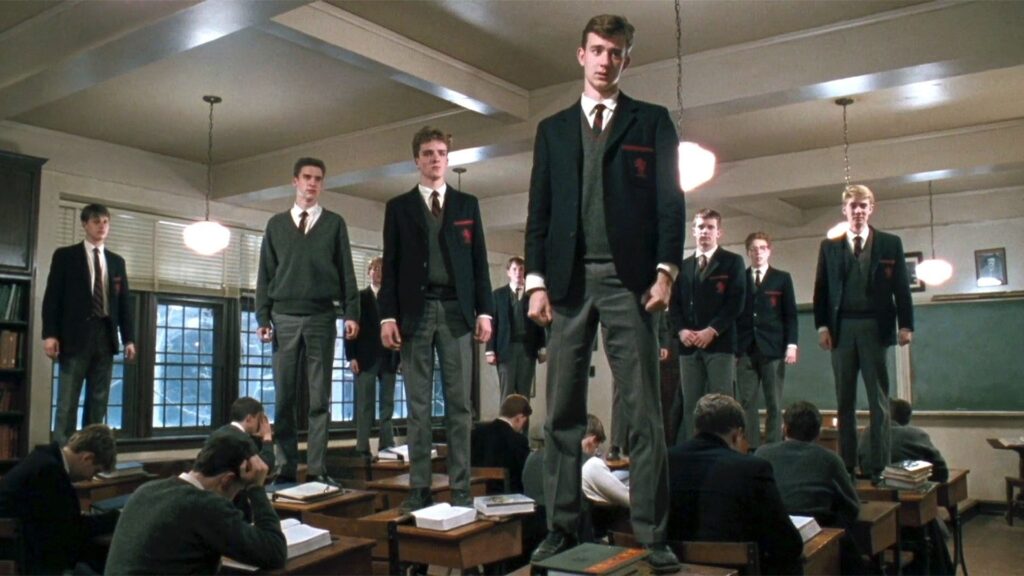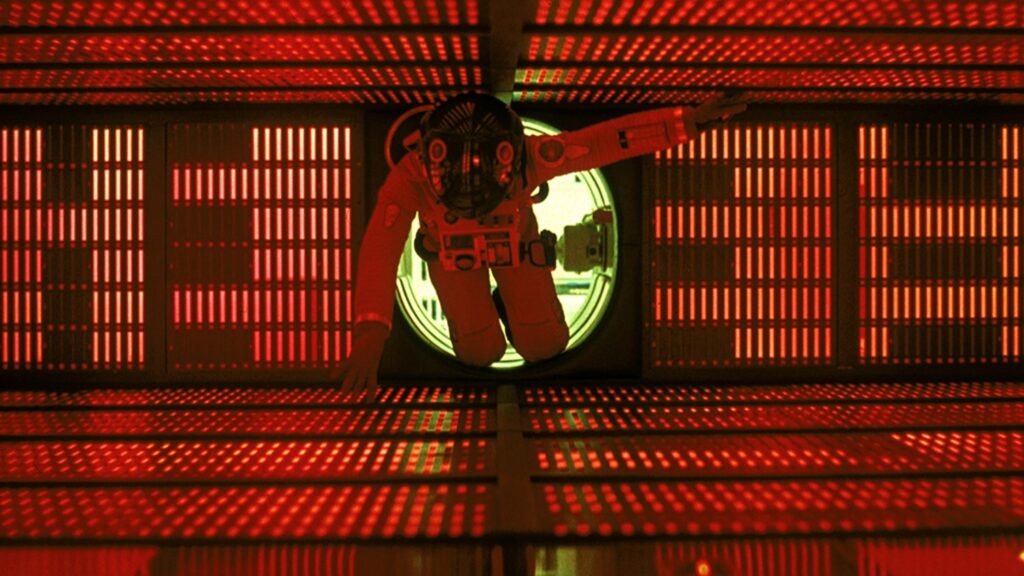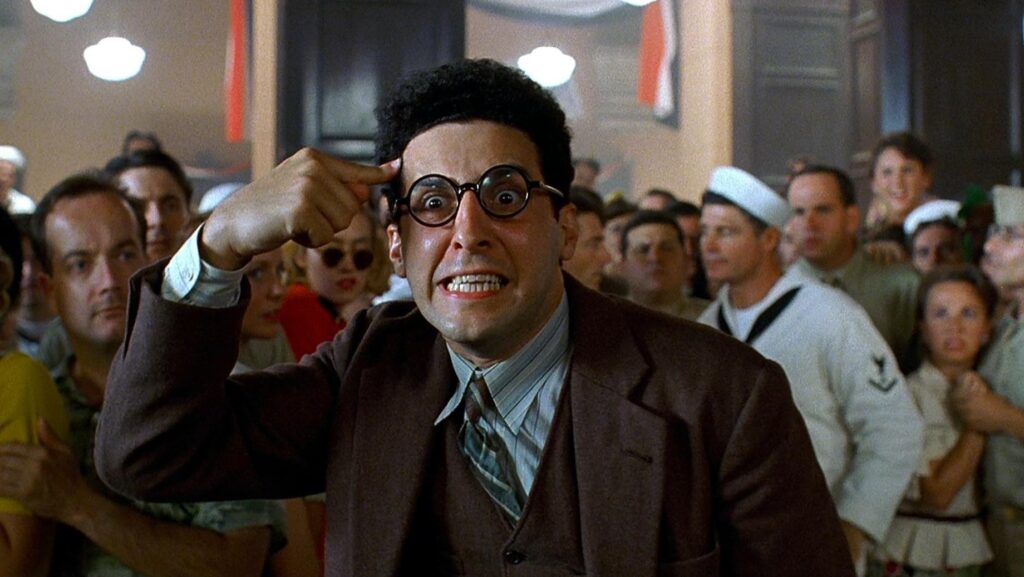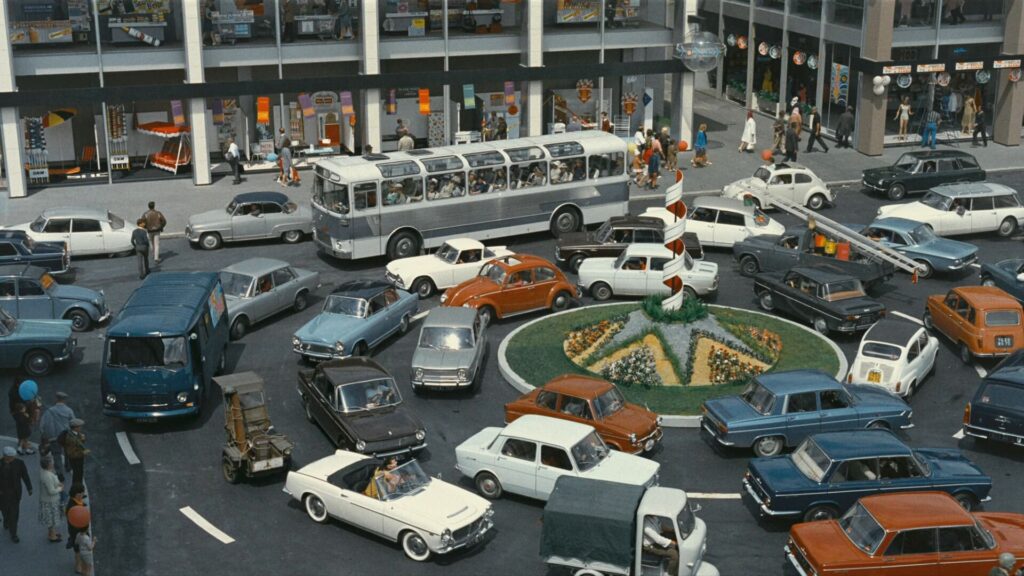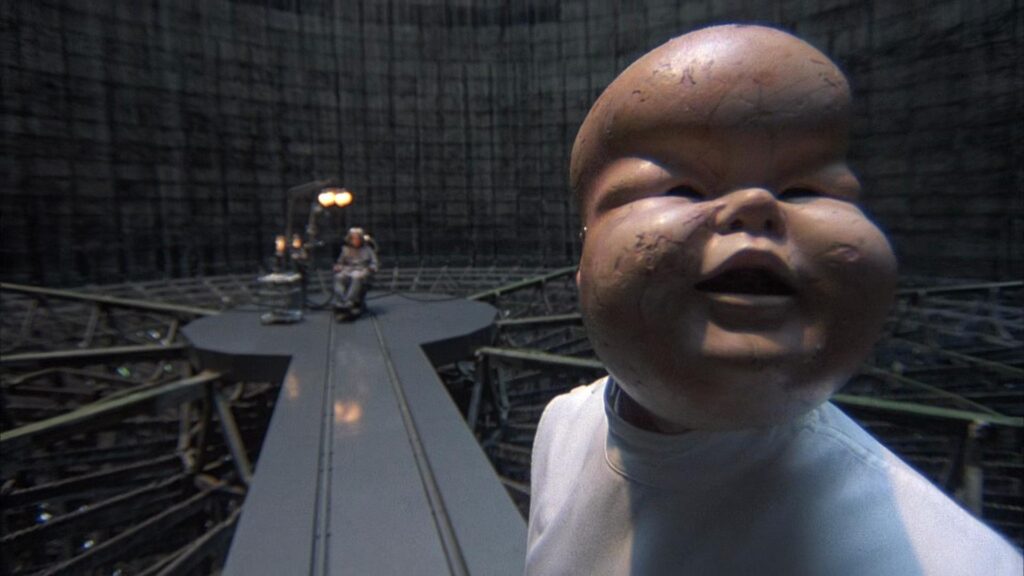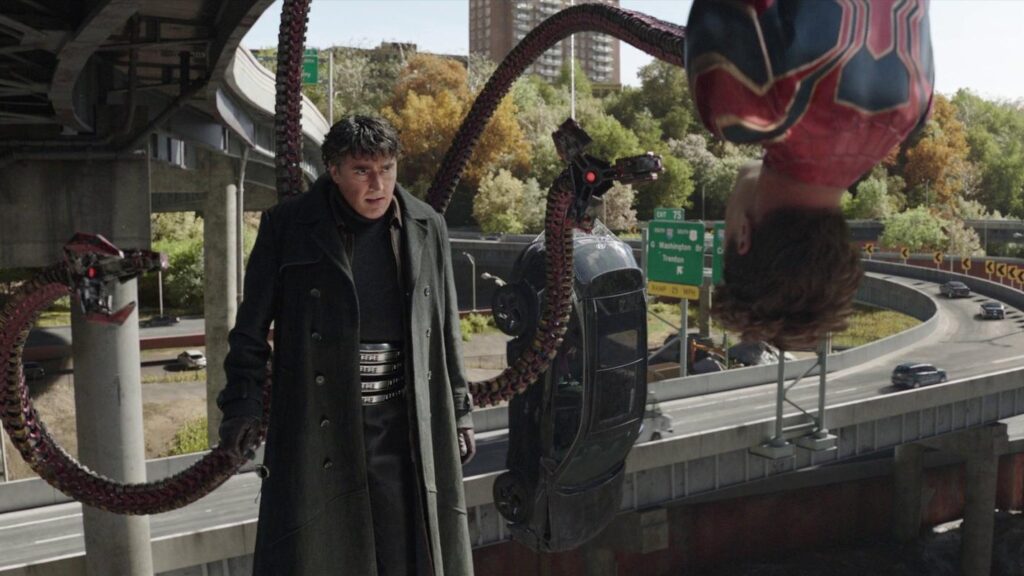Miyazaki’s reckoning with beauty and fascism is depicted with more depth in this documentary than his own The Wind Rises.
I know I shouldn’t glorify them, but they really were cool planes.
I see the dilemma behind The Wind Rises now. Scattered in the tools of condoning imperialist fascism, and in the indescribable misery and oppressions they cause, the immediate, shallow enjoyment of aesthetic features still cannot be avoided. When politically abhorrent works of art still give you some form of gratification, there is the feeling of guilt that inevitably comes through, and I’ve realized that I (just the same as Miyazaki and his fictionalized recreation of Jiro Horikoshi with aircraft’s inevitable continuation as instruments of bloodshed) am guilty of loving and lauding artwork which contributes to capitalist narratives, which supports the mindsets that are cultivated into lower classes for them to concede their trust in a bourgeoisie which will allegedly be fully benevolent to them, which will apparently allow them to coexist peacefully, and which will seemingly allow them to rise up to their level in turn so long as they prove their worth as a productive, industrious engines, so long as they have a bit of that virtuous ambition. That story has been reinforced countless times by spinning the tale with flashing lights and dazzling colours, with those underlying themes designed to keep you in that state, to keep you believing in individual achievement being the essential guiding factor of your life over which you hold personal responsibility, for you to conform to bourgeois morality and to deny any preposterous, deranged thoughts of militancy.
The chief thing is that it isn’t real beauty, but a fabrication. Miyazaki has an ideal picture in his head of how Zero planes fly, one that is more wondrous and uplifting than their stark reality, just the same as any film which helps to sustain these false ideals (The Incredibles, The French Dispatch, and Night is Short, Walk on Girl all come to mind), where although they are all made with every intention of being genuine, and are not nearly as purposefully murderous and devastating as physical warplanes, they have an underlying propadandic shadow which continues to follow them no matter how much one adores their surface pleasures.
Miyazaki exhibits the struggle of this dichotomy better than anyone else I can think of, because although he is truly, exhaustively tired of the machinations of the far right, his philosophies mostly comprise of a combination of traditionalism and progressivism, taking aspects of one and the other in a strange kind of union which edges towards contradiction, but ultimately retains a throughline of honest compassion, and thus, one of staying against militarism, against the profit motive driving the destruction of the environment, and against all those exploitations which are inherently wrought by capitalism. He imbues the grim cruelty of the Zero plane with a magical life and vitality that is entirely antithetical to its nature, to the point where it becomes little more than a conservative aesthetic feature attached to his leftist work, not unlike the classical European fashions which cover every character in the Iraq War parable that is Howl’s Moving Castle, or the furnished office of Yubaba in the Marxist madhouse of Spirited Away (although those elements remain wondrous because, of course, cerulean dresses and wooden fixtures are not really harbingers of death nor perfect microcosms of anything actively malevolent, whereas a warplane is a warplane). His fascination with these components cannot beat out the counteractive themes that he saturates deep into his stories (as opposed to those other films, where both act in concert to deliver legitimately awful thematic arguments), but their presence is felt, the subtle glorification of their malice (alongside castigations of it; this is a tug-and-war match after all) ever immutable in the functions of the narrative. It’s why, as Miyazaki understands well, resilience must be kept in the face of the brush strokes which embody such treachery, with the refusal to concede them any kind of validity becoming paramount in fully delegitimizing their acceptability, no matter how absolutely, unapologetically cool they may look.
The Kingdom of Dreams and Madness is about a lot more than that, but that’s what I took from it.
